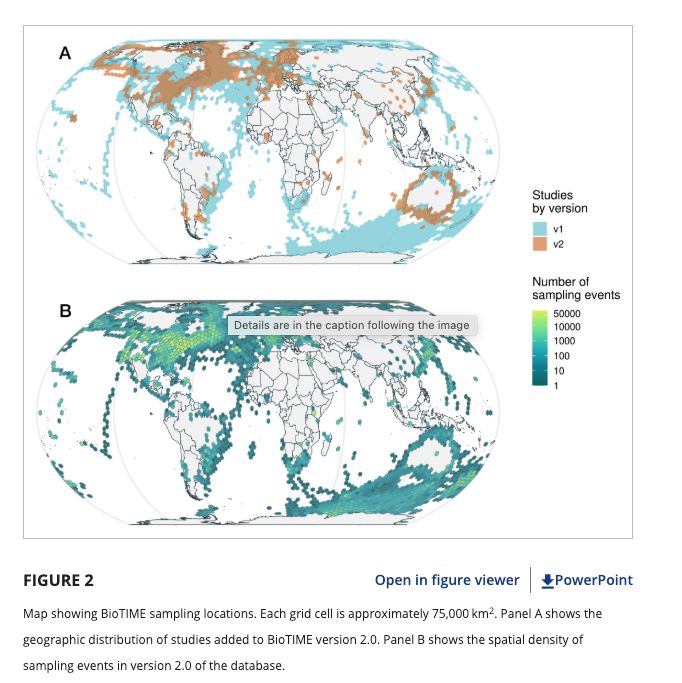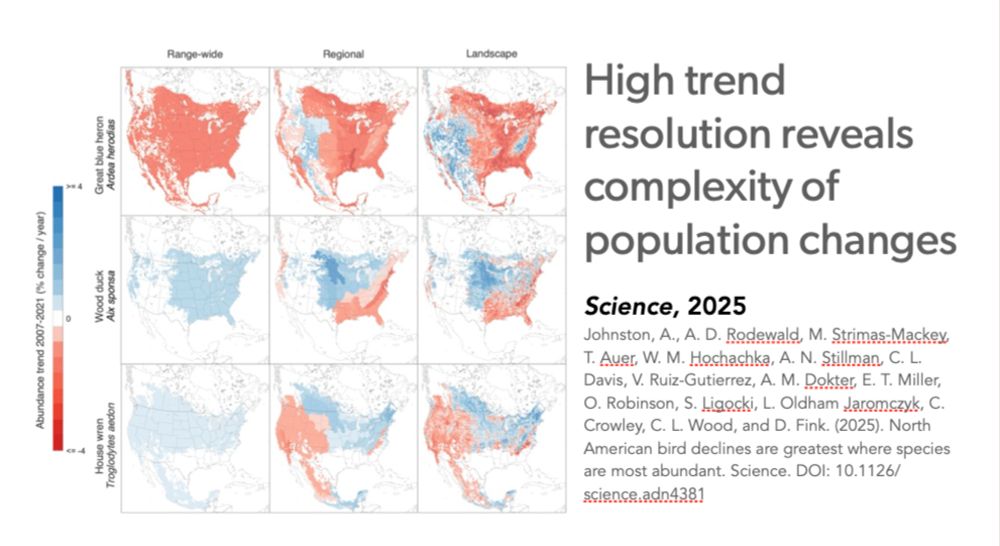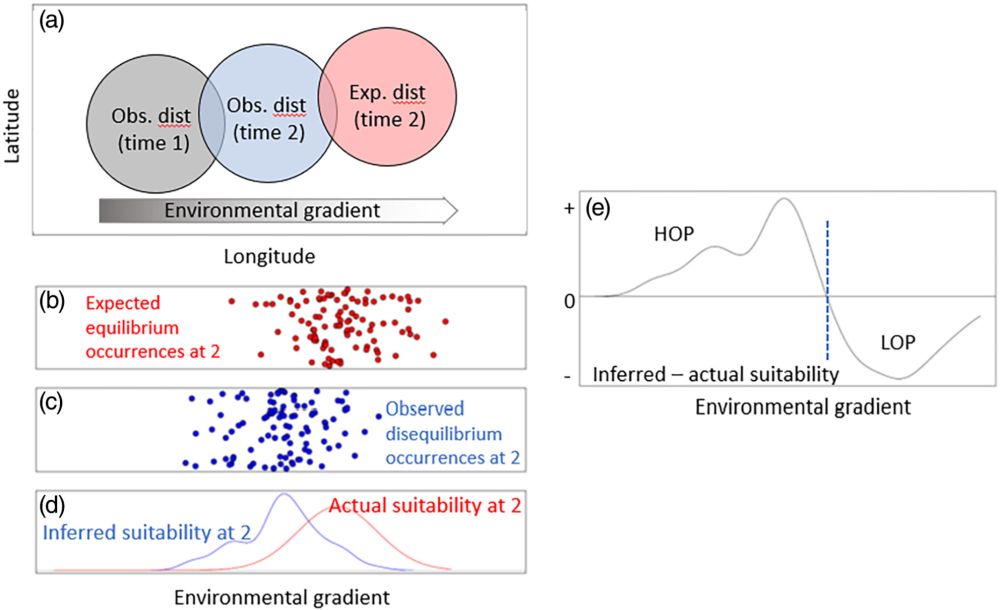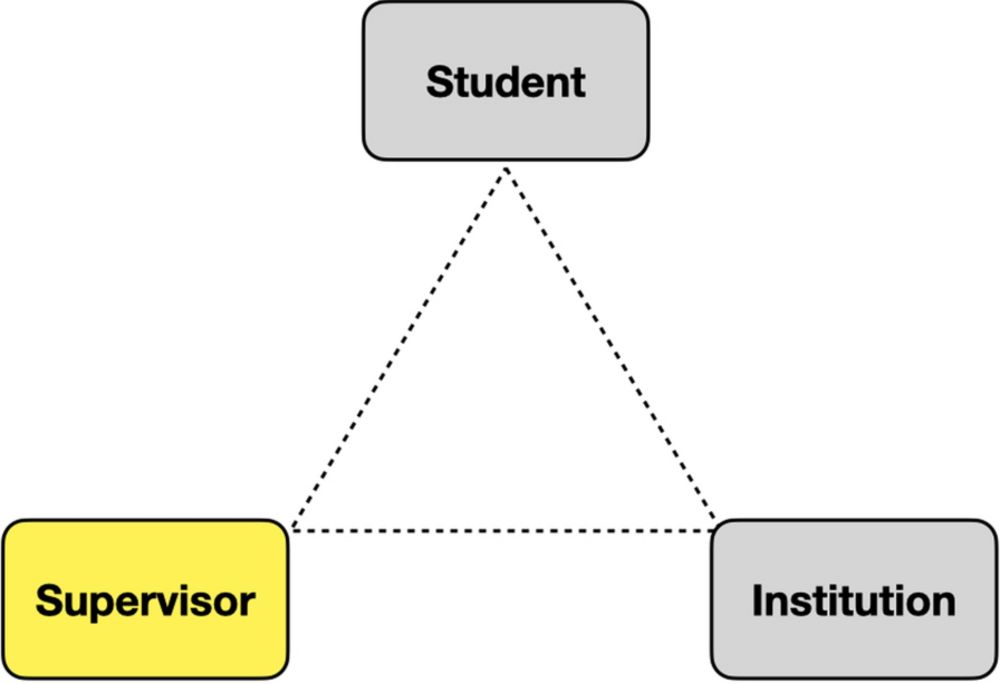

Reposted by Etienne Lalechère

🌳🌲🌴🪻🦔🦉🐜🪱
A very important work led by Étienne Lalechère ⬇️
@etiennelalechere.bsky.social
@cp-trendsecolevo.bsky.social
shorturl.at/QUWXm
Reposted by Karl Andraczek, Etienne Lalechère
The paradigm shift we propose in considers multiple trajectories of long-term environmental changes and disturbance events that cumulate and push biodiversity into a quasi-permanent non-equilibrium state.

If you interested in modeling species ranges or biodiversity patters in space & time, our paradigm shift should be of interest to you 😉
Reposted by Paul Lehmann, Susanne Lachmuth, Etienne Lalechère

BirdFuture: Research Group Leader (f/m/x) for Developing Models of Bird Diversity and Policy-relevant Applications in Europe
https://recruitingapp-5128.de.umantis.com/Vacancies/3260/Description/2
#ecologyjobs #ecoevojobs #xp

https://recruitingapp-5128.de.umantis.com/Vacancies/3259/Description/2
#ecoevojobs #ecologyjobs #xp

Reposted by Wolfgang Kiessling, Etienne Lalechère

Reposted by Jonathan M. Chase, Etienne Lalechère

www.idiv.de/major-update...
@uniofstandrews.bsky.social @idiv-research.bsky.social @erc.europa.eu @jon-chase03.bsky.social
Reposted by Etienne Lalechère

Also another wake up call as to the massive biological data gaps across equatorial Africa (and the tropics in general)..
Reposted by Etienne Lalechère

Reposted by Etienne Lalechère

www.jobbnorge.no/en/available...
Reposted by Etienne Lalechère

www.science.org/doi/10.1126/...
Reposted by Nicolas Gross, Christine N. Meynard, Etienne Lalechère

go.nature.com/3WD7cWa


@etiennelalechere.bsky.social
shorturl.at/CVYPw


